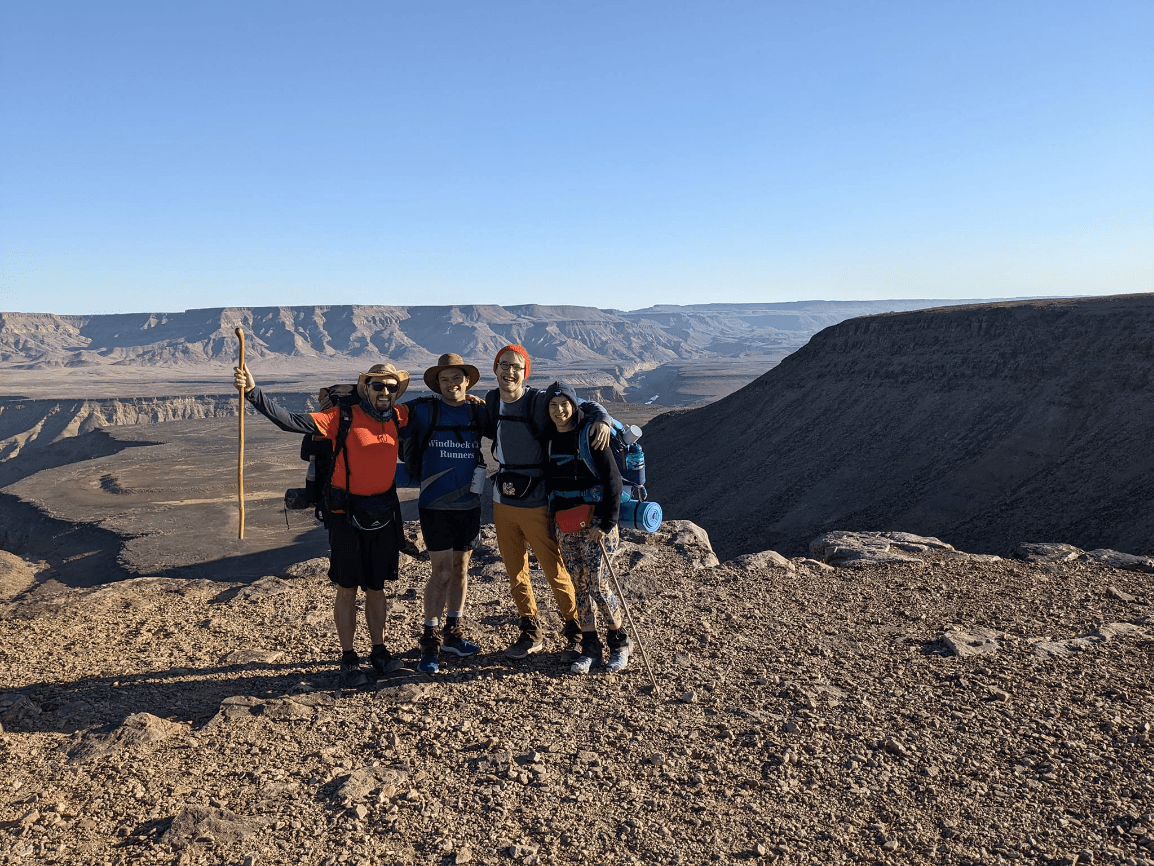This charcoal on stone artwork depicts a profile view of an animal
Apollo 11 Stones, c. c.25,000-25,300 BCE, Namibia
Many of the art pieces from this time period do not have known functions because it was prior to written records
Prehistory
This "stele" depicts a stylized human figure and was used as a funerary object in the fourth millennium B.C.E (3,001 - 4,000 BCE).
During this era artwork was typically portable, animal-focused, and made of stone, bone, or ivory
Paleolithic
This artwork was created by carving into an animal bone
Camelid Sacrum c. 14,000 - 7,000 BCE
Because of her scarification, large-scale, and ceremonial garb, the Horned Running Woman was likely this type of figure
Ceremonial
Religious
Goddess
Making one person or object larger than others in an artwork in order to show their importance 
Hierarchy of scale
The Apollo 11 stones were found in this type of shelter in Namibia
Rock shelter 
Objects made from this material hold special value or importance because creating a sculpture out of it would have been extremely time consuming and difficult
greywacke (ambum stone)
or
jade (jade cong)
This artwork was used for funerary purposes
Tlatilco figurines
Jade cong
Ibex Bushel
Anthropomorphic stele
A figure that has exaggerated proportions and simplified features
Stylized
Despite being small in size, the Tlatilco figurines are part of this global prehistory era
Neolithic
This artwork shows naturalism by staggering or overlapping some of the animals in order to show depth/space
Great Hall of Bulls at Lascaux c.15,000- 13,000 B.C.E
Due to the bowl-like shape of it's lap, the Ambum Stone was likely used as this
Mortar and pestle

The Ambum Stone from Papua New Guinea depicts this
An Echidna
A long-nosed animal
This is one of the ways the Anthropomorphic stele is characteristically Neolithic in style
Human-focused
Larger size